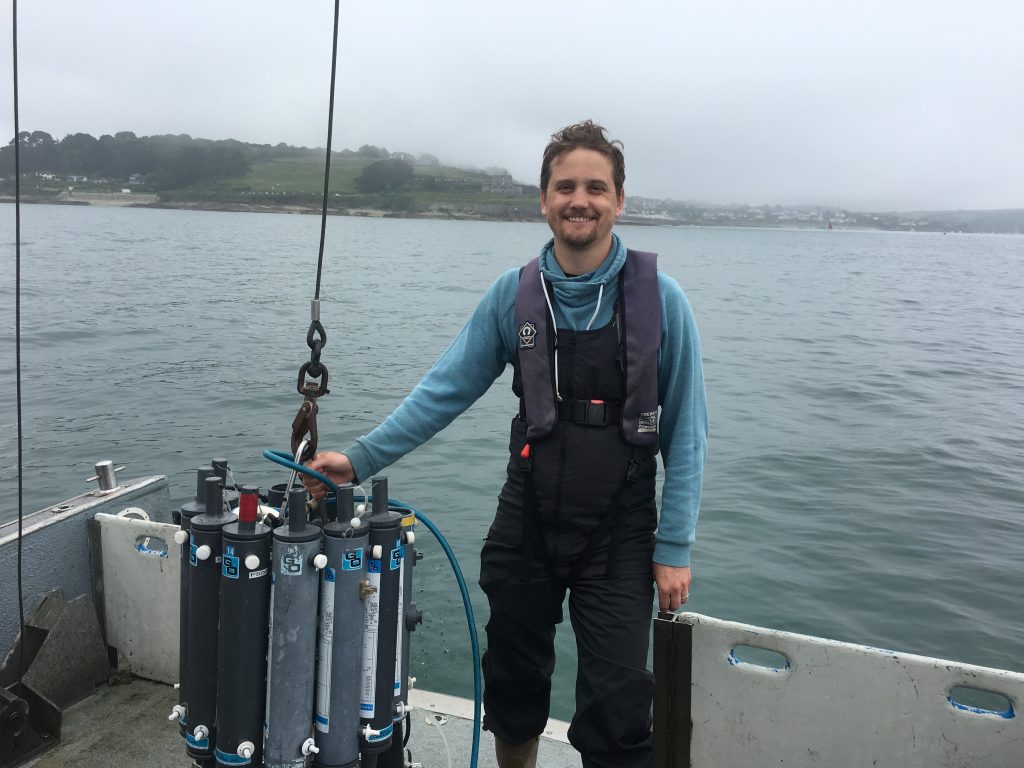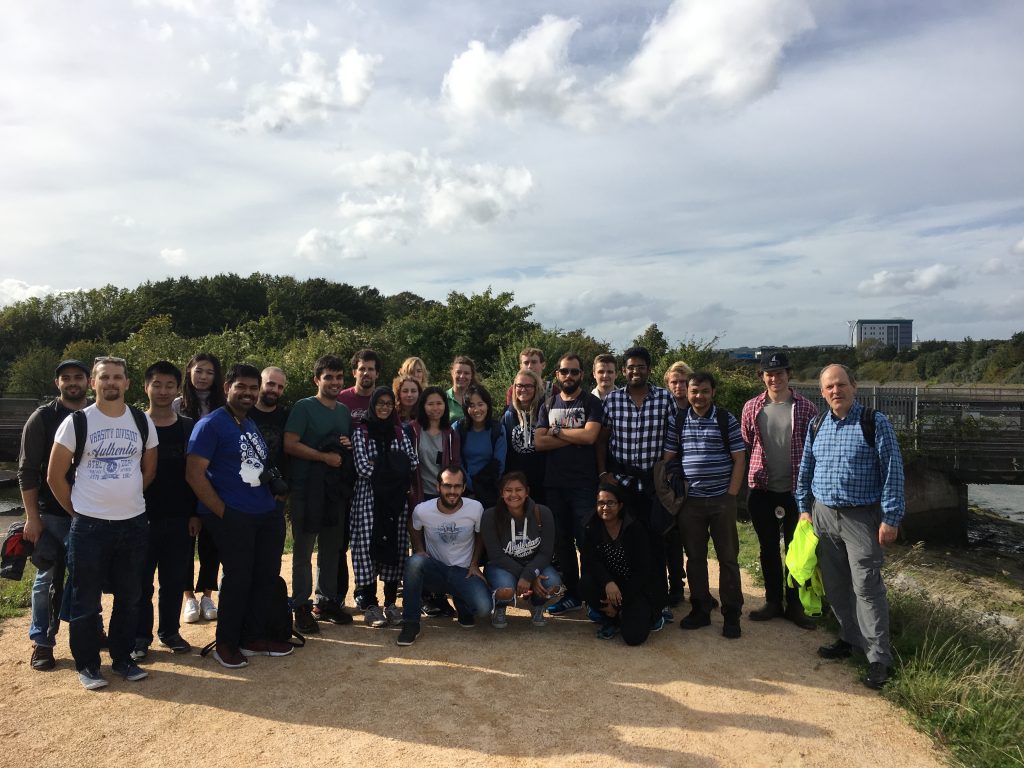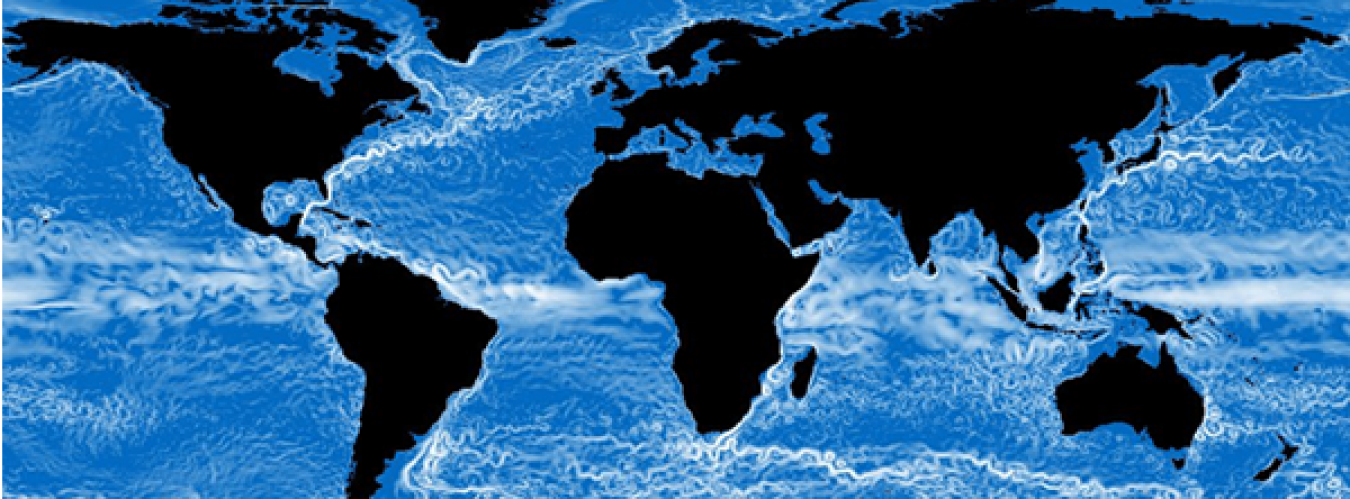Ivan Haigh is an Associate Professor in Coastal Oceanography in the Physical Oceanography group in Ocean and Earth Science. He joined the group in April 2012 after three years as a research fellow at the University of Western Australia. Prior to that he undertook his PhD at the University of Southampton. Before that we worked for 5 years in a coastal oceanography consultancy firm – ABP Marine Environmental Research. His research focuses on sea level variations, from short time-scales (individual waves, storm surges) to long-term mean sea level variations over many hundreds to thousands of years.

How did you get into oceanography? Although my parents are English, I was born and grew up in central Africa in Zambia – about as far away from the ocean has you can physically get. However, every year we would drive down to Durban in South Africa to visit relatives during the summer school holidays. It was during these visits I grew to love the ocean. I remember being particularly fascinated by the rise and fall of the tide, and how the state of the tide changed the shape of the beach and wave conditions on a daily basis. I originally planned to study Civil Engineering at University, as it would allow me to return to Zambia. However, at the last minute I changed my mind, following a visit to the National Oceanography Centre, and I studied Oceanography and Maths between 1998 – 2001. Although I knew very little about what oceanography was, I loved almost every minute of the course, right from the start. I particularly liked that we were learning about things that had only been discovered in the past few decades.
Tell us a bit more about your research and the links between physical and coastal oceanography? My research covers all aspects of sea level variations on local, regional and global scales. On shorter time-scales my work looks at the combined impact of waves, storm surges and tides, which can lead to severe coastal flooding. I have recently led the development of the SurgeWatch database (www.surgewatch.org), which is a detailed catalogue of all of the coastal flooding events to impact the UK in the last 100 years. We are using this database to improve understanding of coastal flooding. Over long-term time scales my research assesses mean sea level trends in tide gauge and satellite records. In order to understand why sea levels are rising we need to investigate the properties of the ocean on global scales; and so my work covers various aspects of large-scale physical oceanography. However, must of the impacts of sea level rise are felt through extreme sea level events, and resulting coastal flooding, which impacts people locally at the coast. I am particularly interested in determining how to effectively translate global projections of sea level rise down to regional and local scales in practical terms that will aid coastal managers and engineers to inform flood and erosion risk-based management.
What’s great about being at Southampton? Every since I walked through the doors of the National Oceanography Centre for the first time in 1997, where the Ocean and Earth Science department is based, I have loved the environment. There are a large number of scientists, across both the University of Southampton and National Environmental Research Council, working on every aspect of oceanography. I love working with scientist across many different areas. I also love seeing the large research vessels coming in and out and the amazing new technology being developed here to study the ocean.
Tell us about teaching: I teach a second year undergraduate module called coasts and estuaries. This looks first at the processes that drive changes in the coast and then examines the wide range of different coastal environments we observe around the world. I also run the Engineering in the Coastal Environment one-year programme. This programme is uniquely provided jointly by academics from the Faculty of Engineering and the Environment, based at Highfield Campus and Ocean and Earth Science, based at the National Oceanography Centre. The programme is strongly linked to industry and focussed on applied issues in the coastal zone. The overall goal is to educate technically-orientated coastal practitioners for suitable employment in coastal engineering, both in consultancies and relevant areas of government.

Looking to the future: We’ve recently had a project funded called E-Rise which I am really looking forward to starting in January 2017. This project will aim to better understanding likely lead times for upgrading/replacing coastal defence infrastructure around the UK coast over the 21st century, and assess whether we could detect sea-level accelerations earlier to provide sufficient lead time for action. There is strong observational evidence that global mean sea levels are rising and the rate of rise is predicted to accelerate, significantly threatening hundreds of billions of pounds of infrastructure around the UK coast. Substantial upgrades/replacements to coastal defences will therefore be required to maintain existing flood risk management standards. However, upgrading coastal flood defence infrastructure will involve long lead times relating to both planning (time to obtain the financial and political support to carry out the upgrade/replacement) and implementation (time to source the company/materials to carry out the work) of schemes. For example, plans for building the Thames Barrier were started soon after the notorious 1953 North Sea flood, but the Barrier was not operational until 1982 – nearly 30 years later! It is therefore very important that we understanding likely lead times for upgrading/replacing coastal defence infrastructure around the UK, such as the Thames Barrier.
For more about Ivan’s research, check out his webpage at http://ivanhaigh.co.uk.

